Classical optics explains the manipulation of light by means of mechanical accessories that produce an image for human observation. These mechanical accessories can be classified as mirrors, lenses, and prisms. By means of more sophisticated instrumentation, elements with a shorter range can be accessed through borescopy.
Mirrors
The mirror changes the direction of the light by reflection. Mirrors can be flat, convex, concave, or parabolic. Except in special cases, the mirrors used in visual inspections for predictive maintenance are flat.
Mirrors allow you to look inside components such as pipes, bored and tapped holes, inside castings, and around corners. The "dentist's mirror" is a common tool in most inspector's toolkits. This is typically a small circular mirror set mounted on an arm approximately 6 ”(15 centimeters) long and tilted at an angle of approximately 45 °. Allows the inspector to observe areas that are not within reach for direct observation. Moving-end mirrors use a pivot with a control arm, which allows the inspector to look inside the object, see around corners, and allows him to move the mirror to sweep the entire area of interest.
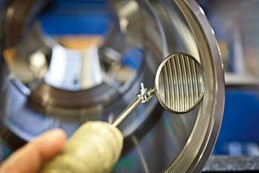
Magnifying glass
The magnifying glass is an optical instrument that converges light by refraction at a short distance to achieve amplification (or magnification) of the inspected item.
An object appears to increase in size as it approaches the eye. To determine the magnification power of a lens, the true size of the object is considered when its image appears in the eye and is located at a distance of 10 ”. The value of 10 ”is used as a standard because normally a small object is placed at this distance from the eye when it is inspected. Linear amplification is expressed in diameters. The letter "X" is normally used to designate the magnification power of a lens, for example 10X.
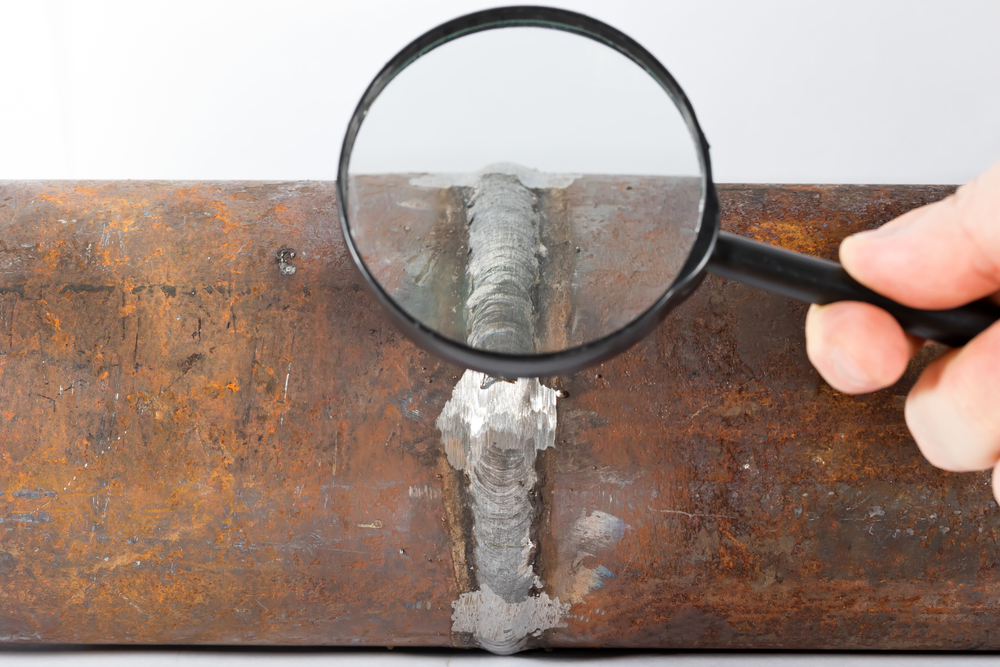
Binoculars
Binoculars are also known as binoculars, sight glasses, or twins. In visual inspections it is used to enlarge the image of distant or limited-range inspection points. They are mostly used outdoors, for example for visual inspections on electrical power lines, transformers, containers, facades of infrastructures or structures, among others.
Binoculars are classified according to the level of magnification and the diameter of the objective, usually measured in mm. For example, 12X50 binoculars have 12X magnification and a pair of 50mm diameter objectives.
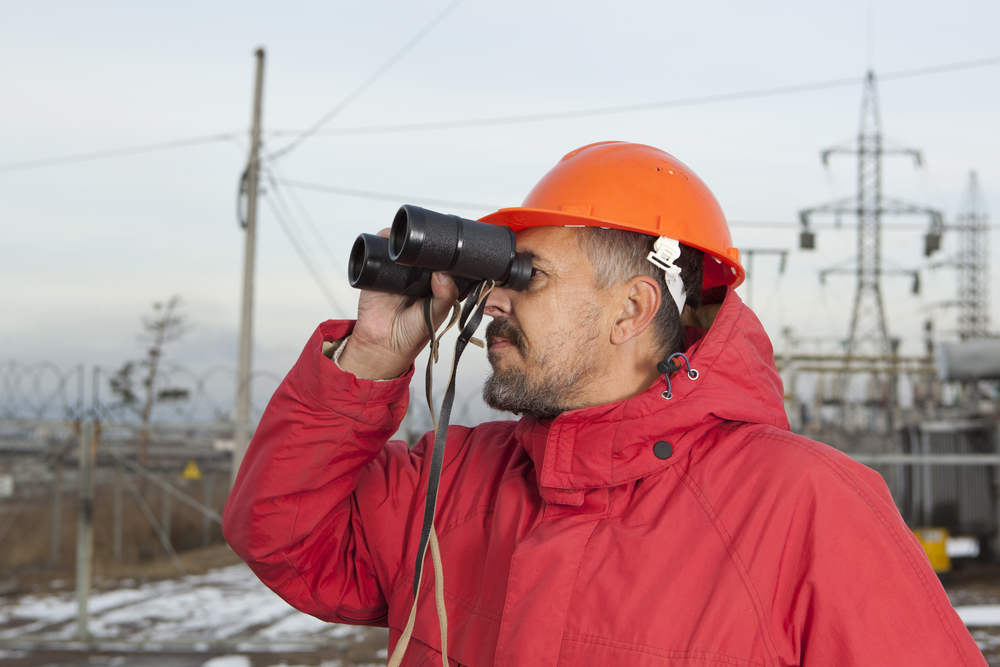
Endoscope
The endoscope is a semi-rigid tubular instrument that allows the visualization of inspection points inside housings, machine bodies, frames, cabinets, pipes. The endoscope conducts a light and an optical system that allows the image of the interior to be obtained through a camera connected to the other end of the tube or probe. Inspections with endoscopes are called endoscopy or video-endoscopy and could be considered a different technique from visual inspection since it is usually done with more complex instrumentation, with inspectors with specific training in the technique and with the asset in certain conditions conducive to an endoscopy.
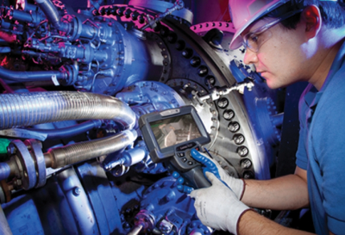
In recent years there has been a boom in home endoscopes that connect to mobile phones or cell phones. Despite having basic functionalities (resolution, illumination, inoperable, does not focus), its low cost allows the use of endoscopes in inspection applications that are not necessarily inside a body or housing, for example elements in heights, bolts close to a wall and internal threads.
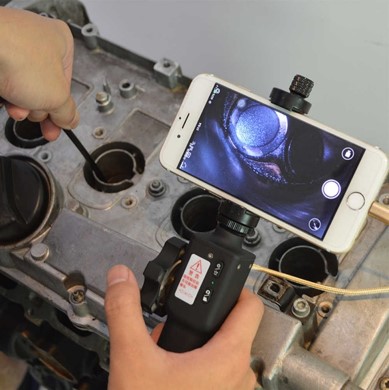

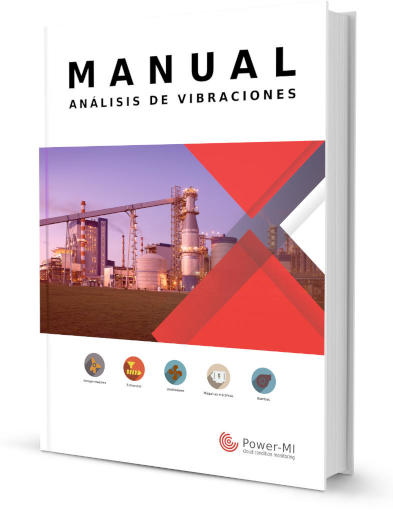 cloud_download
cloud_download